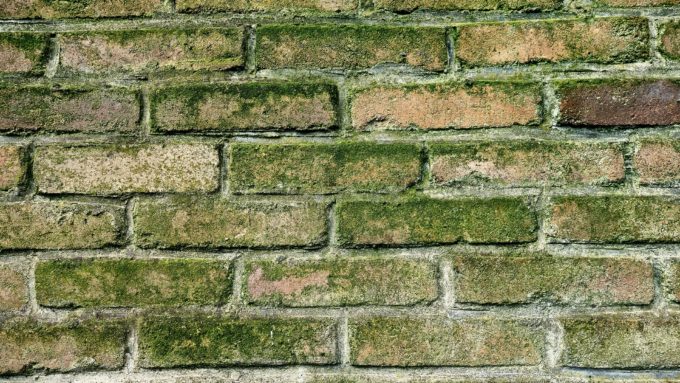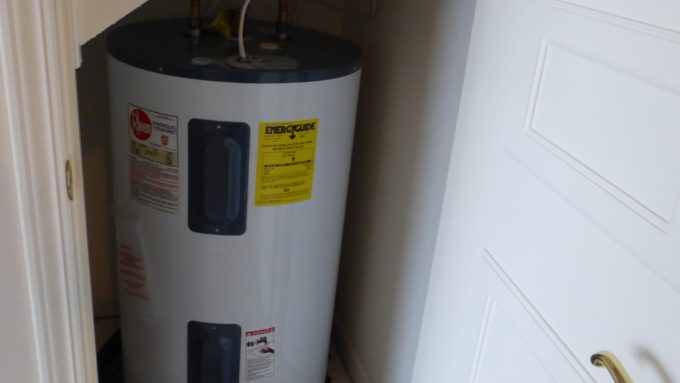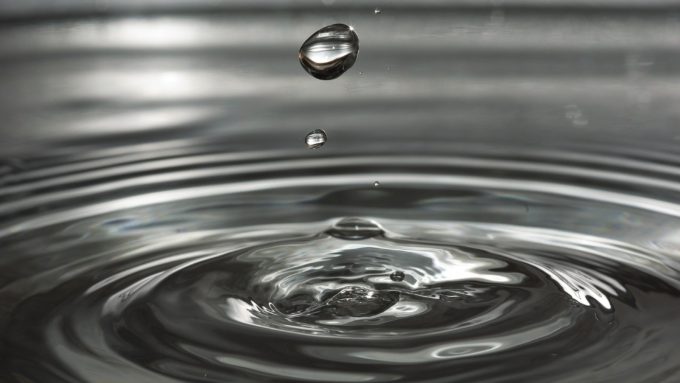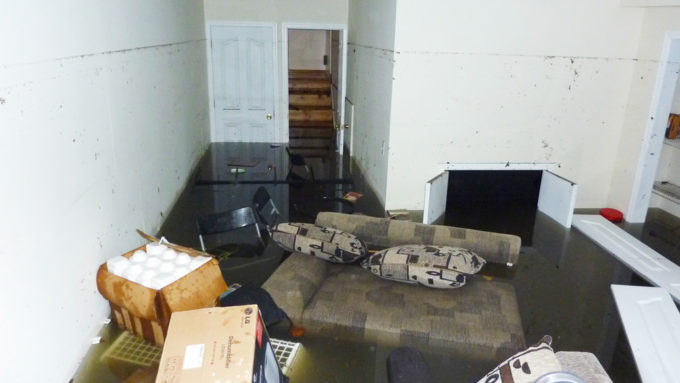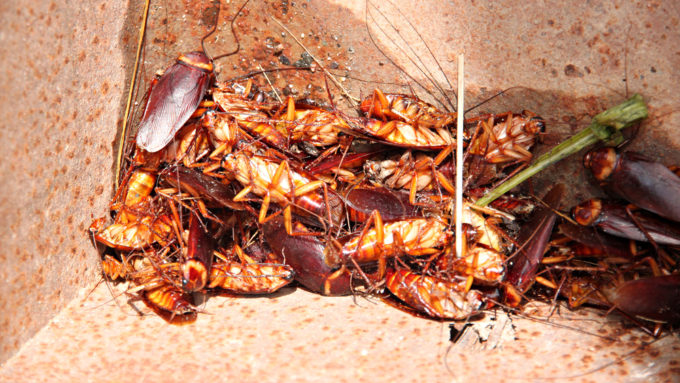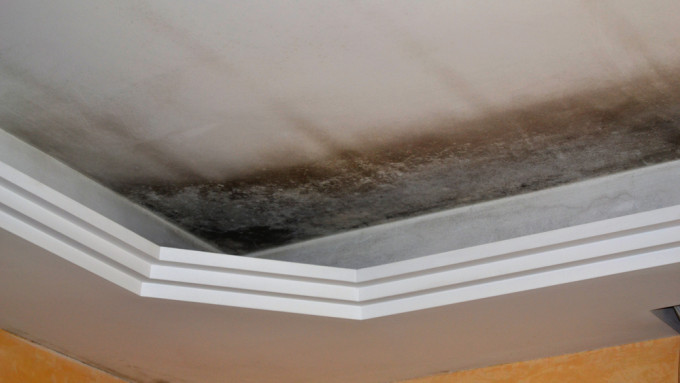Often when we discover mold in our homes we hit our internal panic button. By its very nature mold can be off putting, and most everyone knows the dangers that mold can bring into your home. Green mold is not only visually off putting, but, as with any mold infestation, it can be very hard to get rid of. To make matters worse, if left unchecked, it can overwhelm your property and send your home’s resale value into the basement. So here are a few things to keep in mind when you discover green mold in your home.
Green Mold: What You Need To Know
There Isn’t One Green Mold
Green mold could be any number of molds, with over one hundred thousand know types of mold and thousands of those molds being green, the color of mold sadly does not tell you much.
Green Mold Probably Isn’t Safe
Because there are so many kinds of molds, even green ones, the only way to know if the mold you have discovered is hazardous is to have it tested.
A safe rule of thumb is that generally all molds possess some level of potential hazard to your health, and the danger increases with prolonged exposure. Even if you know what kind of mold you are dealing with, you are going to have to get rid of it.
Get Rid Of Green Mold Sooner Rather Than Later
Don’t waste valuable removal time trying to identify the mold you have in your home. This wasted time will only allow the mold to spread further into your home. As we said above, the longer mold stays in your home, the more dangerous its effects become. It also does more damage to your home.
You Don’t Have Tackle Green Mold Alone
In some instances, you can remove green mold yourself. If it’s a small patch in an open area with no crevices, meaning you can be sure you can completely eliminate the mold, it’s probably safe to clean it yourself. Many mold problems don’t fit that category, or you may simply want to stay clear of the mold. Thankfully there are mold remediation specialists like us at Restoration Certified Specialists, RCS, who are happy to remove the mold and do any repairs that are required. Call us about your mold problem.

